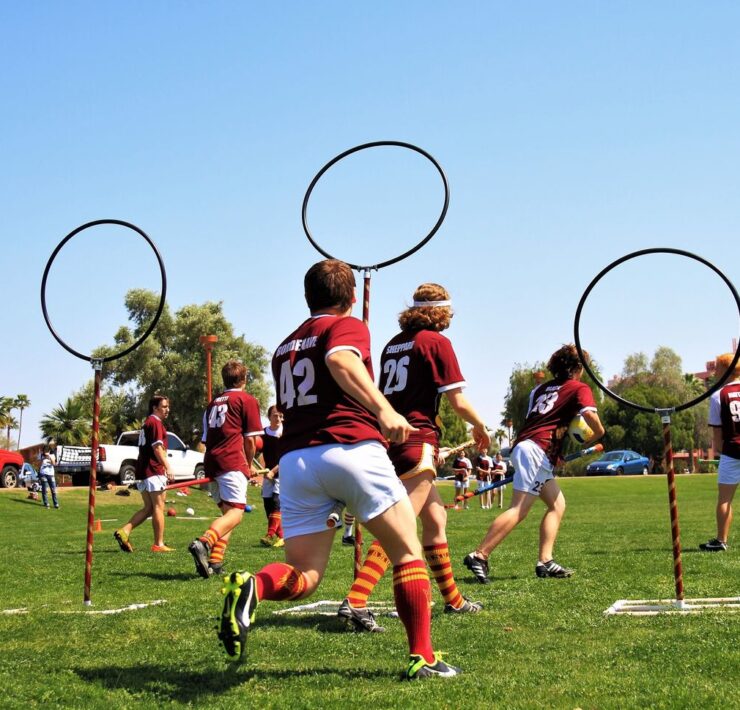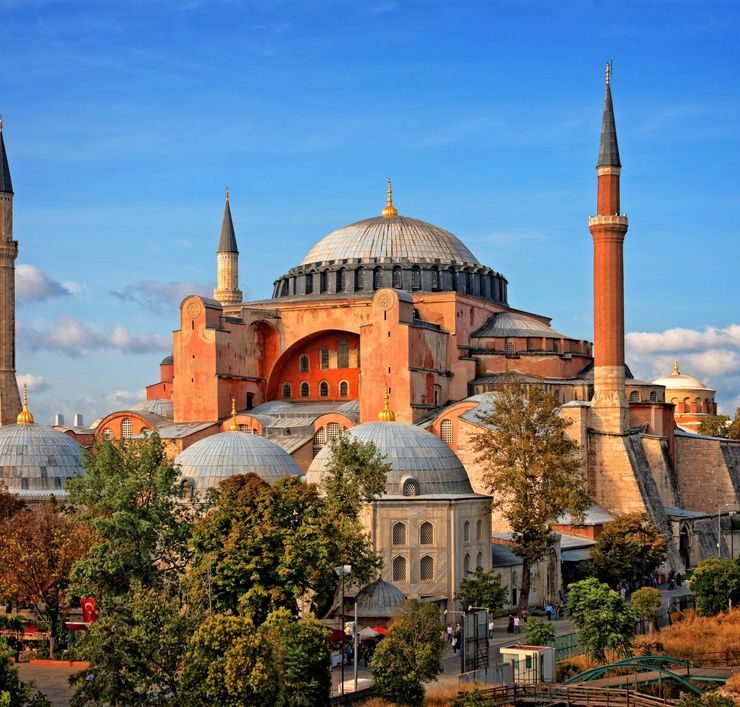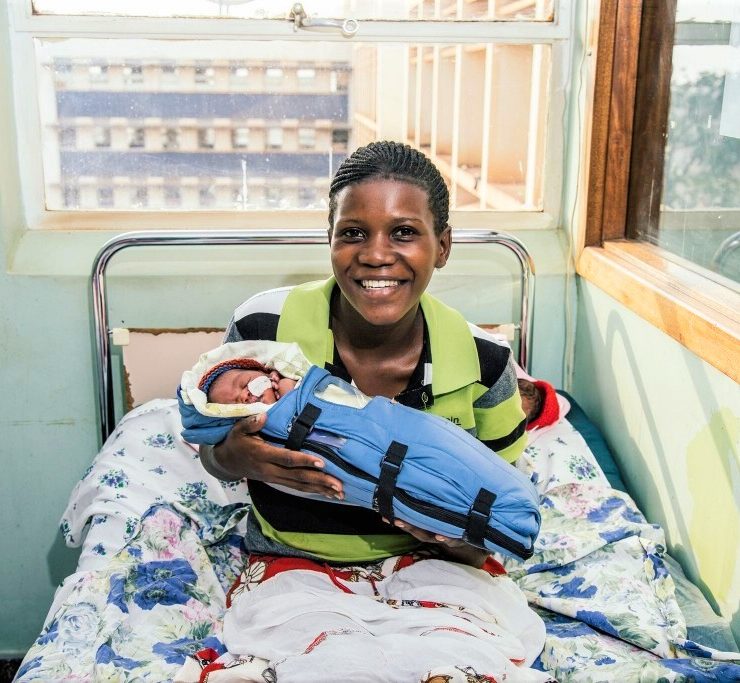The separation of the two Koreas: North Korea and South Korea, isn’t an event that happened in a flash and developed into two opposite countries as you can see in the present. The land where these countries stood had experienced division since the early years of the Common Era with the Three Kingdoms: Goguryeo, Baekje, and Silla dominating the states after the disintegration of Gojoseon, Korea’s first kingdom.
After more than a century, one of the three kingdoms, Silla, expanded rapidly by occupying the Han River basin and uniting the city states. Later, the kingdom’s armies attacked Baekje in 660 and Goguryeo in 667. These attacks resulted to the birth of a Unified Silla.
After 267 years, the unification fell and Korea became separated again into three kingdoms. The entire Korean peninsula became united under one government during the ruling Goryeo dynasty by 936 which lasted until 1392 when the Joseon Dynasty was established. The united Korea under Joseon Dynasty maintained a stable economy and a peaceful life until the beginning of invasions from Manchuria to the full occupation of Japan.
Fast forward to 1943, Russia, Britain and the USA agreed to make Korea “free and independent” after the invasions during the Second World War. On August 9, 1945, Soviet tanks entered northern Korea from Siberia and declared war on Japan. The surrender of Japan after the atomic bombing of Nagasaki and the collapse of Nazi Germany, with fundamental shifts in global politics and ideology, led to the division of Korea with the United States holding the southern half of the peninsula and the Soviet Union administering the north.
North Korea has lived under communist dictatorship while South Korea lived in democracy. The differences between the two are obvious until now but the idea of a peaceful reunification remains an idea no one can see happening in reality soon.
However, there are old photographs that still exist and serve as windows to the past. So here are some from a thousand images taken from Pyongyang to Seoul that’ll give us a slice of Korea before its 38th parallel separation.
Aeryon Hall, Pyongyang, North Korea – ca. 1910
Cheomseongdae, Gyeongju, South Korea – ca. 1920
Myeongdong, Seoul, South Korea – ca. 1920
Two people taking a break sitting on dangganjiju (Buddhist stone structures) – ca. 1914
Dongdaemun, Seoul, South Korea
Pyongyang, North Korea – ca. 1910-1930
Seoul, South Korea – ca. 1899 – 1900
Great East Gate, Seoul, South Korea – ca. 1930
Taedongmun Street, Pyongyang, North Korea – ca. 1910
Yongmyong Temple, Pyongyang, North Korea – ca. 1930
Sogwang Temple, Kangwon, North Korea – ca. 1920
Bank of Korea, Seoul, South Korea – ca. 1910
Dongdaemun (East Gate): ‘Originally called ‘Heung-injimun’ (‘Gate of Uplifting Mercy’) – ca. 1904
Pavilion in Gyeongbuk-gong, Seoul, South Korea – ca. 1882
Outside the old palace wall around Seoul, looking toward Nam San – ca. 1882
Jangseung or Spirit totems
Grass house on a hill
Church during the Early Japanese Colonial Period
Botandai, Morandae, Pyongyang, North Korea
Rear Standing Rock Beach, “Sea Diamond Korea”
Geunjeongjeon Hall, the throne hall at Gyeongbokgung Palace, Seoul – ca. 1900
Communal wells – ca. 1904
1st streetcar in Seoul – ca. 1890
Young women play on a seesaw – ca. 1931
Korean girls with umbrellas/parasols – ca. 1900
Along the Han River at Yung San, a logging town near Seoul – ca. 1903
Playing traditional Korean chess calledjanggi – ca. 1903
Pounding rice in Seoul – ca. 1903
When On Earth Magazine is for people who love travel. We provide informative travel guides, tips, ideas and advice regarding places to see, things to do, what to taste, and much more for world travelers seeking their next dream vacation destination.





